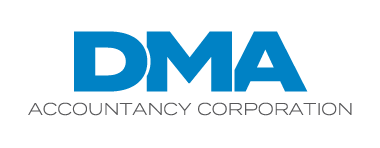Small-sized manufacturers may enjoy several tax advantages that allow them to reduce their tax bills, defer taxes and simplify the reporting process. Federal tax rules used to generally define a “small business” as one with average annual gross receipts of $5 million or less ($1 million or $10 million in some cases) for the three preceding tax years. But the Tax Cuts and Jobs Act (TCJA) increased the threshold to $25 million for tax years beginning after 2017.
The increased threshold expands eligibility for small business tax benefits to a greater number of manufacturers. It also simplifies tax compliance by establishing a uniform definition of “small business.” Previously, different thresholds applied depending on the tax accounting rules involved, as well as a company’s industry and whether it carried inventories.
Small business benefits
Potential benefits of small business status include:
Use of the cash accounting method. Eligible manufacturers that pass the gross receipts test are eligible to use the cash method of accounting for tax purposes. Typically, but not always, the cash method allows a business to defer more taxable income than the accrual method.
Avoidance of inventory accounting requirements. Eligible manufacturers need not account for inventories, which can be complex, time consuming and expensive.
Relief from uniform capitalization rules. Eligible manufacturers are exempt from these rules, which require companies to capitalize rather than expense certain overhead costs, adding complexity to the tax reporting process and potentially increasing their tax liability.
Eligibility for the completed contract method. Eligible manufacturers can use the completed contract method, rather than the percentage-of-completion method, to account for long-term contracts expected to be completed within two years. This allows them to defer tax until a contract is substantially complete.
Full deductibility of business interest. The TCJA generally capped deductions for net business interest expense at 30% of adjusted taxable income. Eligible manufacturers are exempt from this limit.
Related entities’ receipts included
When determining your manufacturing company’s gross receipts, you must include not only your own receipts, but also those earned by certain related entities, such as other members of a parent-subsidiary group, a brother-sister group or combined group under common control. A parent-subsidiary group exists when a company owns more than 50% of another company. For example, if your company owns 51% of another company — or another company owns 51% of yours — you must combine that company’s gross receipts with your own when determining whether your gross receipts are below the $25 million threshold.
Your company is part of a brother-sister group if the same five or fewer persons collectively own at least 80% of each company and certain other requirements are met. For example, if the same three partners each own 30% interests in partnerships A and B, the two entities’ gross receipts must be combined in evaluating their small business status. A combined group exists when a parent is part of a parent-subsidiary group and a brother-sister group. In that case, both groups’ gross receipts are combined.
Be aware that, when calculating a person’s ownership percentage, you must include interests owned by certain family members.
See the small picture
If your manufacturing company’s average gross receipts are $25 million or less, you may be eligible for small business tax benefits.
© 2022


Recent Comments